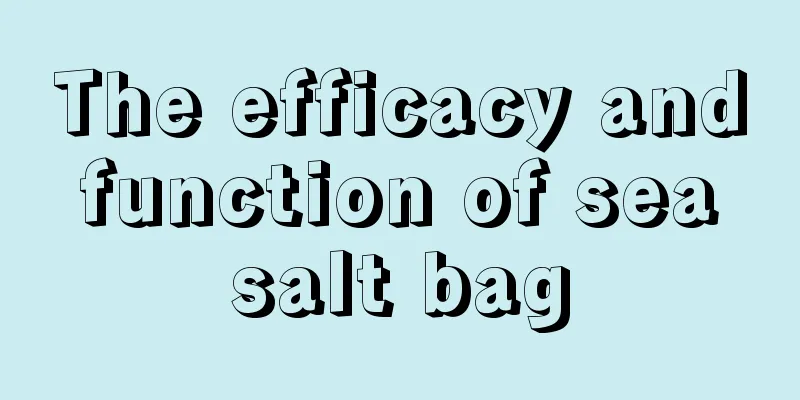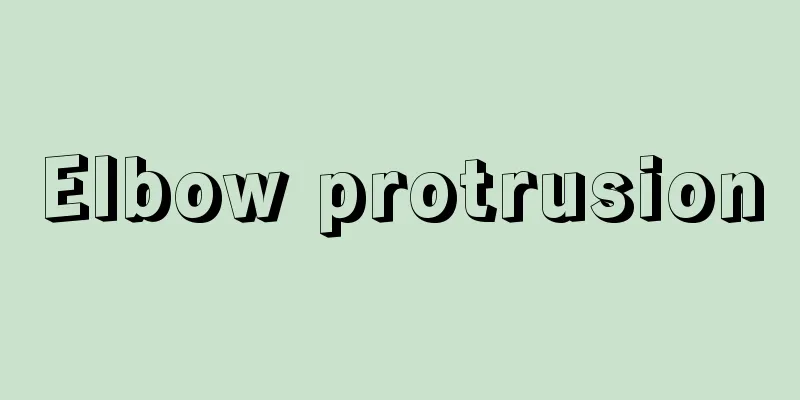The effects and side effects of seven leaf soap

|
Aescin is a medicine used to treat cerebral hematoma. Its full name is sodium aescinate. At the same time, this medicine itself has the effect of promoting cerebral blood circulation. Not only that, cerebral edema, traumatic edema, etc. can be relieved by taking secondary drugs. However, it also has side effects. The most common hazard is that it will irritate blood vessels and cause swelling and discomfort at the infusion site. Excessive use can also put too much strain on the kidneys. Next, I will introduce the specific situation of seven-leaf soap in detail. 1. Pharmacology and Toxicology 1. Pharmacology This product can prompt the body to increase the plasma concentration of ACTH and cortisone, promote the blood vessel wall to increase the secretion of PGF2α, and scavenge free radicals in the body, thereby playing an anti-inflammatory and anti-exudative role, increasing venous tension, accelerating venous blood flow, promoting lymphatic return, improving blood circulation and microcirculation, and protecting the blood vessel wall. 2. Toxicology No hemolysis was found at daily doses below 0.5 mg/kg body weight. Acute toxicity study: After intravenous injection of LD50 dose, animals developed acute poisoning, mainly manifested as hemolytic hypoxic necrosis of solid organs (heart, liver, kidney); it had a strong irritating effect on mucous membranes and muscle tissues. Chronic toxicity study: A dose equivalent to 1/5 of LD50 was given intravenously to rabbits every day for 30 consecutive days. No animal death occurred and no pathological changes occurred in their organs. Teratogenicity test: No teratogenic effect. It was observed that the drug content in the amniotic fluid of pregnant women was high in the first 3 months, so it is recommended that pregnant women not use it. 2. Drug Interactions Use caution when using with the following medications: 1. Drugs with high binding rate to serum proteins. 2. Drugs that can seriously damage kidney function. 3. Corticosteroid drugs. 4. Drugs containing alkaline groups (precipitation may occur when combined). Overdose According to Martindale's Pharmacopoeia, when the intravenous injection of sodium aescinate exceeds 0.4 mg per kilogram of body weight (daily dose), the kidneys will be damaged to varying degrees. If this has occurred, the medication should be stopped immediately and a renal function test should be performed. Based on the test results and the degree of injury, treatment should be given. Adverse Reactions 1. Local pain and swelling may be seen at the injection site, which can disappear with hot compress. 2. Occasionally, allergic reactions may occur, which can be treated according to the principles of drug allergy treatment. 3. Notes The Martindale Pharmacopoeia recommends that the maximum daily dose of sodium aescinate for intravenous use in adults should be 20 mg; if a higher dose is used, acute renal failure may occur, and if it is used in combination with other nephrotoxic drugs, acute renal failure may also occur. There are documents that document that high-dose intravenous injection of sodium aescinate may lead to acute renal failure in patients undergoing cardiac surgery: among 70 patients, no renal damage was observed when the average maximum daily intravenous injection of sodium aescinate was 340 μg/Kg; mild renal damage was observed in 16 patients when the average maximum daily intravenous injection of sodium aescinate was 360 μg/Kg; and acute renal failure occurred in 40 patients when the average maximum daily intravenous injection of sodium aescinate was 510 μg/Kg. Therefore, the daily dosage of this product should be strictly limited. If renal function is impaired, medication should be stopped immediately and a comprehensive renal function test should be performed. Treatment should be given according to the degree of damage based on the test results. |
<<: What is vomiting due to cerebral infarction
>>: Compound Aescin Sodium Gel
Recommend
How to make homemade ice cream
On a midsummer afternoon, accompanied by the chir...
The front teeth are sunken
The front teeth are recessed and can be used for ...
How to quickly lower blood pressure
Blood pressure is always unstable and fluctuates,...
What are the symptoms of common bile duct obstruction
The human gallbladder is particularly important t...
What issues should be paid attention to during radiotherapy and chemotherapy for rectal cancer
In recent years, rectal cancer has become one of ...
Do I need to fast for myocardial enzyme testing?
To test myocardial enzymes, we actually need to d...
Prevention methods for H7N9 avian influenza
We all know that some time ago, a wave of H7N9 av...
Is fingerstick blood sugar testing accurate?
Some people choose to go to the hospital to measu...
How are attached ears formed?
An attached ear is actually a congenital malforma...
We'd better pay attention to the causes of esophageal cancer
Esophageal cancer is a very common tumor disease ...
Can I have a medical abortion at 50 days of pregnancy?
If you need an abortion when you are 50 days preg...
How to whiten and remove spots? 6 tips to help
Female friends who love beauty are very disgusted...
What are the early symptoms of skin cancer that cannot be ignored?
The early symptoms of skin cancer are not charact...
What are the hazards of pituitary tumors to patients
What are the hazards of pituitary tumors to patie...
What are the manifestations of dampness and heaviness in the body? These physical conditions should not be taken lightly
Traditional Chinese medicine believes that if the...









